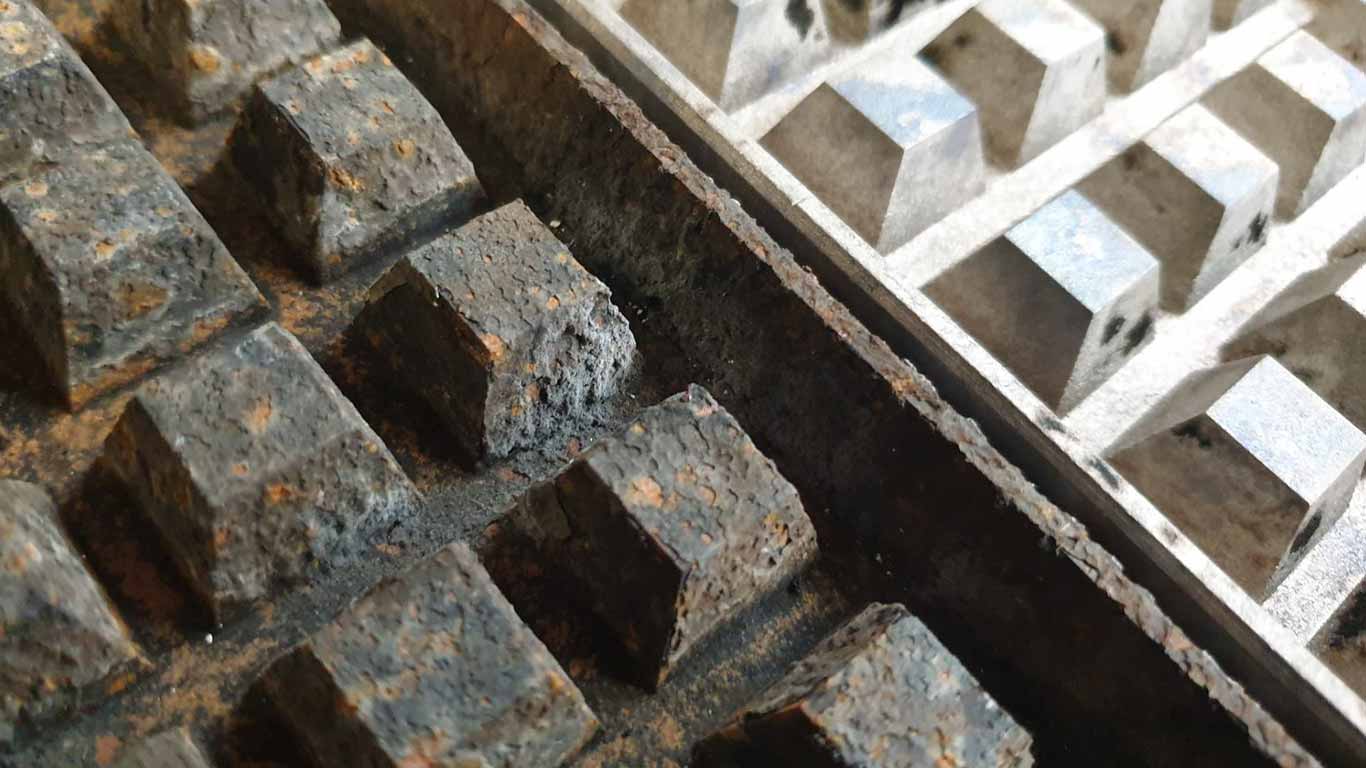
ANSI
ANSI Z136.1 - Safe Use of Lasers



Steel, for laser cleaning applications, manifests tenacious oxidation resistance that safeguards the substrate during contaminant removal, which leads to efficient restoration without structural compromise. This durability, it sets steel apart from less resilient ferrous alloys, exhibiting practical benefits in demanding sectors such as manufacturing and shipbuilding where surface integrity persists under intense exposure.
At 1000x magnification, the steel surface before laser cleaning shows heavy rust buildup and scattered debris. Irregular pits and cracks mar the underlying metal layers. Contaminants cling tightly, creating a rough and uneven texture overall.
After laser treatment, the same surface reveals a smooth and bare metal finish. The process removes all rust and debris completely. Fresh steel exposes a uniform and reflective appearance without any remnants.

ANSI Z136.1 - Safe Use of Lasers

IEC 60825 - Safety of Laser Products

OSHA 29 CFR 1926.95 - Personal Protective Equipment